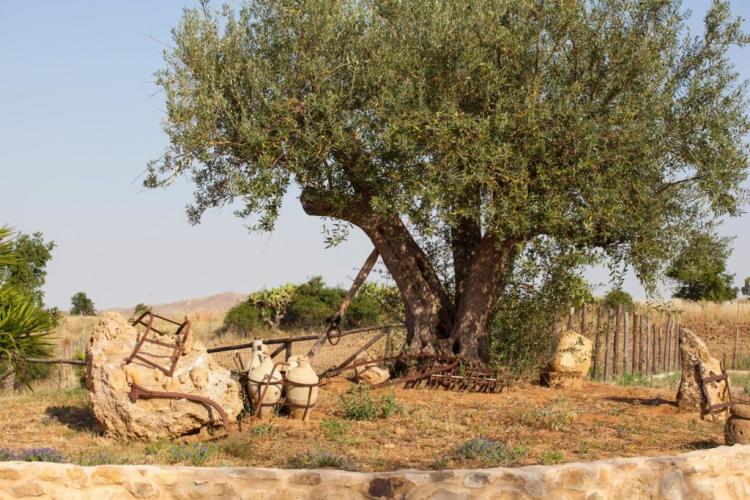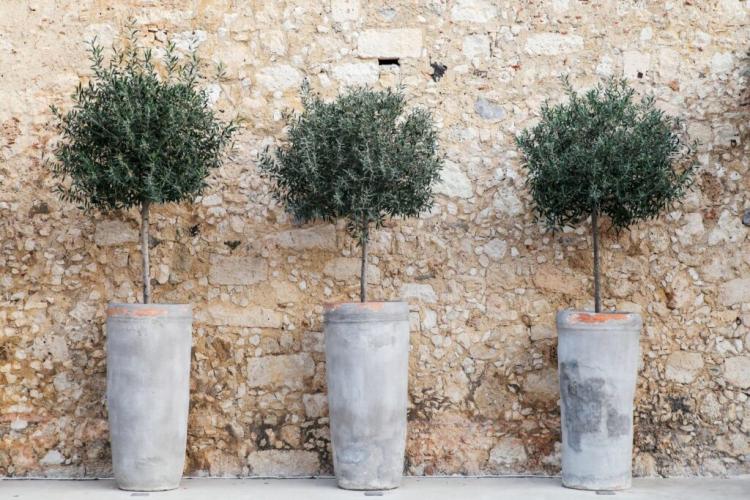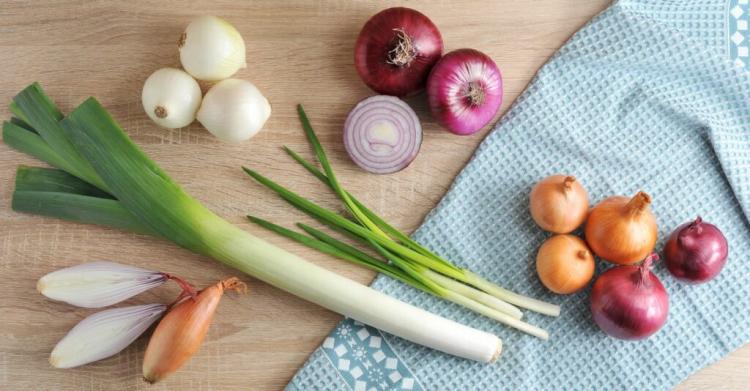Olive tree in pot: care and overwintering
Olive trees in the tub spread a Mediterranean flair in the garden. We show how to care for olive trees in pots and what is important when wintering.
Olive trees ( Olea Europea ) are used to the dry, warm climate of the Mediterranean. They are so robust that they can also thrive in this country, but in winter they suffer due to the cold and wet conditions here. Cultivation in a pot is ideal so that the olive tree can move quickly to winter quarters. So you can react quickly to the wet and cold weather. In addition, like a slow-growing wood, the olive is exactly the right thing for long-term and easy-care container planting.
Olive tree in a pot: the right location
Table of Contents
Most people think of potted plants as pretty, small houseplants. But an olive tree wants to go outside and enjoy the fresh air as long as possible in the year. Olives do not grow so well in the room and quickly shed the leaves due to the lack of light. That’s why it’s called in summer: Get outside. The chosen location in the garden or on the balcony should be in full sun and not too draughty. The pot is rotated regularly so that all branches get enough sun.
Choose the location carefully, as this largely determines the future well-being of your olive tree. In winter the olive tree needs winter protection, but it should not overwinter in a warm house. Some exposure to the cold is important for the normal development of the wood. For healthy plant development, it is also important which soil is used for the olive tree in the pot. Olive trees need a well-drained, structurally rich substrate in the tub.

Maintain the olive tree in the pot
Particularly with olive trees in the tub, care must be taken to ensure that the plants are properly cared for. Otherwise, diseases or pest infestation can occur very quickly. But if you adhere to the following, you will have many years of pleasure with your olive:
- Watering: Occasionally, the substrate may dry out on the surface; Avoid waterlogging.
- Fertilizing: From 2 years, March to August, every 2 weeks with liquid fertilizer in the irrigation water; Basic fertilization when repotting with mainly organic granulate fertilizer.
- Earth: structurally stable, permeable; Garden soil mixed with potting soil, clay granules, and sand.
- Repotting: Olive trees should be repotted regularly, young plants at least every 2 years, older ones at least every 5 years. If repotting becomes impossible because of increasing size, the choice of a perfect growing medium and good fertilization are all the more important.
- Pruning: In spring, as described below.

To avoid waterlogging, a drainage layer made of gravel or potsherds is laid out at the bottom of the pot. Otherwise, root rot occurs quickly. In addition, only pots with a drainage hole should be used so that excess water can drain off properly. To ensure optimal water drainage, place the pot on small feet and not directly on the mat or a saucer.
Liquid fertilizer is ideal for fertilizing the olive tree in the bucket. It reliably supplies the olive plant with important nutrients and strengthens its resistance to drought, pests, and frost. In addition, it ensures vital root growth. You can find out how to fertilize the olive tree correctly in our special article on the topic of olive tree fertilization.
You might so like: Elderberry Plants: Location, Timing, And Tips For Growing In Pots And The Garden
Cut the olive tree in a pot
Olive trees can be pruned as shrub or a tree. Younger plants naturally grow sparsely and should therefore be pruned more often – that is, undergo a training pruning. This way, the plant will branch out more and form a real crown or dense shrub.
Once the correct shape has been achieved, it is cultivated with conservation pruning. Too long shoots are simply shortened to side shoots or cut off at their origin on a thick branch – stubs should not remain standing. In addition, intersecting shoots are cut off. If two branches are crossing, remove the weaker one. This is especially true inside the shrub because the olive tree shouldn’t grow too densely either.
By the way: Old and large, healthy olive trees can easily be pruned very heavily to be rejuvenated.
Small cuts can be made at any time. Spring is best, however, because here the tree is rested after the winter break and has enough energy for strong new growth.
You might so like: Lemon Tree Plants: Professional Tips On Timing, Location, And Procedure
Repot the olive tree
Olive trees in pots take a lot of time to grow – especially if they are not repotted regularly. So if you want to move quickly from a small to a large olive tree, you should repot in high-quality soil annually at the beginning and then every 2 to 3 years. At the latest when the roots grow out of the tub, it is time for a larger pot. Carefully detach the tree from the planter and give it a slightly larger home with fresh soil.
But one thing can already be revealed here: Those who save on the right soil tend to have more problems with pests, diseases, and depression of their olive tree in the pot. Good olive soils are structurally stable, not too rich in nutrients, and allow water to drain off well. A little too acidic soil can be mixed with a little green lime: Olive trees love a pH value of 7 to 8.

Despite slow growth, regular repotting is good [Photo: Andrea54 / Shutterstock.com]
Note: Olive trees are often stuck in the wrong soil when they are bought or sometimes even harbor pests in them. That is why it is best to repot newly purchased olive trees right away.
Hibernate the olive tree in the bucket
Olive trees are only partially hardy. This means that you don’t mind a slightly frosty night. However, longer periods of frost and the wet, cold weather of our domestic winters are too much for the plants from the Mediterranean region. At the latest when the earth freezes in the pot, the dream of your own olive grove is over. For your sapling to survive the winter, you need proper winter protection. To do this, just wrap the pot with newspaper or bubble wrap and let your Topfolive move to a protected, frost-free, but bright winter quarter.
Do not put the tree in a heated house, because olives do not like it too warm in winter either. They need temperatures around the freezing point and the associated winter dormancy to gather strength for budding in spring and also to induce flower buds. You read that correctly: If you overwinter olives too warm, you do so at the expense of abundant flowering. Since the plants are dormant, there is no fertilization in winter and only very sparingly watered. The trees come outside when no longer periods of frost are to be expected – around the end of March. But have a jute sack ready as protection when frosts are announced.
Buying an olive tree in a pot: You should pay attention to this
Olive trees are becoming increasingly popular with us because of the Mediterranean flair they exude. The range in garden centers, hardware stores, or online plant mail order companies is correspondingly large. However, the quality can also fluctuate greatly. If you want to be on the safe side, buy your olive tree from a specialist dealer or a tree nursery that specializes in Mediterranean plants. Choose a variety from the northern part of the Mediterranean that is as cold-tolerant as possible. The more resilient the tree, the less work and risks the domestic winter entails.

Tip: However, if the tree is listed as completely hardy, keep your hands off it. The information cannot be true and makes the seller seem dubious.
In the year after purchase, in particular, make sure not to exhaust the winter hardiness typical of the variety and be on the safe side with good winter protection. Make sure you have a good supply of potassium in late summer. The cheaper olive trees in particular are often cultivated in a warm climate and with plenty of fertilizer and, for this reason, are far less hardy than they could or should be.
Exotic potted plants are exactly your thing? Two other elegant exotic species are the fig tree ( Ficus carica ) and the cylinder cleaner (Callistemon citrinus ), both of which should also be cultivated in pots. In summer they delight us with their southern flair, in winter they can overwinter together with the olive tree.






